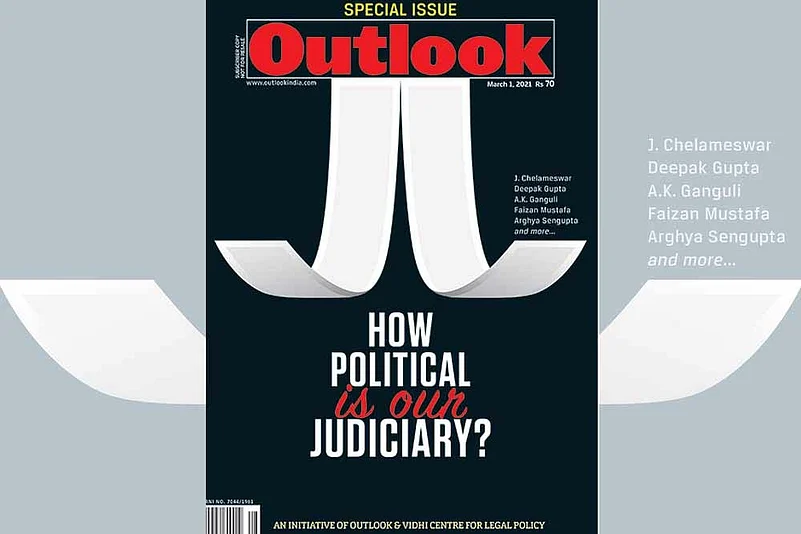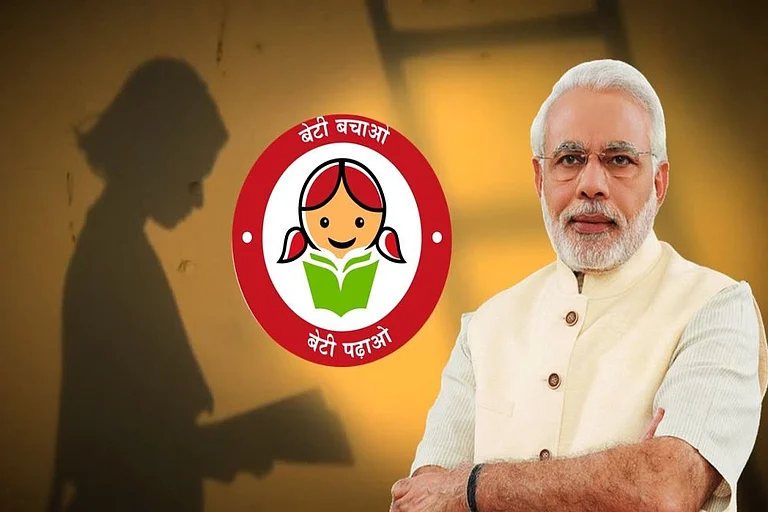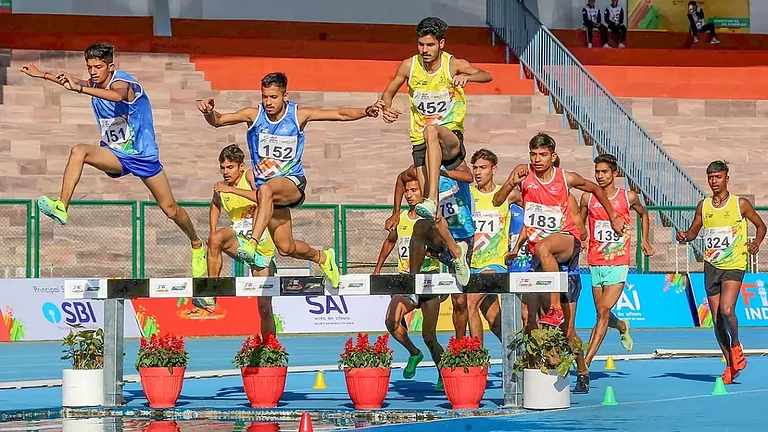Judges should be neutral. They should judge purely in accordance with established principles of jurisprudence. They should be indifferent to the parties’ political or economic status. This is what we have been taught, what we would like to believe, and what we expect. These grandiose expectations, however, don’t always appear to translate to reality. Judges, especially lately, have been accused of bias towards governments. A growing hubbub of accusatory voices say the judiciary has become politicised, pointing at an increasing number of cases where judges appear to agree with the government’s point of view. The Supreme Court increasingly faces this criticism.
The Supreme Court’s authority to examine the constitutionality of legislative or executive actions flows from the Constitution. In jurisdictions like the US, India and others, where courts are legally authorised to examine the constitutionality of legislative actions, a debate about their political neutrality is natural. It need not necessarily be that every time the views of the Supreme Court coincide with the legislature or the executive, it is because the institution has been politicised. There can always be cases where state action is in compliance with the Constitution. The political neutrality of the court must be assessed, not on the basis of the end result recorded by the court, but rather the rationality of the adjudicatory process.
ALSO READ: Free Or Fettered?
In assessing the Supreme Court’s political neutrality, its record is required to be examined at five different phases of its existence: 1950 to the mid-1970s, the Emergency, post-Emergency to 1993, 1993 to 2014 and thereafter.
The general perception is that during the first period, the Supreme Court was always independent—a euphemism for its neutrality. A closer examination would reveal that while the court was actively protecting the citizen’s right to private property starting from Kameshwar Singh to Kesavananda Bharati, it mostly deferred to the views of the State in the context of personal liberties of citizens. From A.K. Gopalan to ADM Jabalpur, the trend of construing personal liberties narrowly was clear. By 1970, while the court had abandoned the constitutional conservatism underlying the decision in A.K. Gopalan, ADM Jabalpur represented the embers of that fire. It was only in Maneka Gandhi that the court corrected course trying to shed its largely poor record on personal liberties.
ALSO READ: Collegium Collateral Damage
In this era, the political party in power and critics of the Supreme Court believed the court’s views were philosophically capitalist while adjudicating questions of right to property. Such capitalist viewpoints, however, were in tune with those of the vocal sections of civil society and the press, predominantly controlled by the followers of Adam Smith. As a result, the Supreme Court escaped the accusation of being politicised despite overwhelmingly upholding governmental action restricting personal liberties. Even the critics believed the problem was doctrinal, for each of those decisions contained elaborate reasoning (though the reasons were later found not to be jurisprudentially sound). In addition, there was hardly any doubt regarding the accomplishments of the members of the court or their personal integrity.

The ideological politicisation of the court started when the party in power kick-started the ‘committed judiciary’ campaign. This is the Emergency phase of the court’s history. This took the shape of a two-pronged attack on the institution. At an intellectual level, the functionaries of the government—most notably, Mohan Kumaramangalam and A.R. Antulay—made public demands that the Supreme Court needed judges whose understanding of the Constitution matched that of the party. This meant judges who subscribed to the view that legislations made in furtherance of certain directive principles of state policy should be immune from challenge on the grounds of interference with fundamental rights. In a bid to achieve this end, the Constitution was amended by introducing Article 31C, which expressly declared: “no law giving effect to the policy of the State towards securing the principles specified in clause (b) or clause (c) of Article 39 shall be deemed to be void on the ground that it is inconsistent with, or takes away or abridges any of the rights conferred by Article 14, Article 19”. This attempt to politicise the court in an ideological sense was rendered unsuccessful by Kesavananda.
In action however, the court’s ideological politicisation took the shape of supersession of senior judges while choosing the Chief Justice of India and the transfers of some high court judges. The appointment of A.N. Ray and M.H. Beg as CJI, superseding their seniors, was a clear message to judges who did not toe the government line. The trend was evident—the transfer of Justice S.M. Sheth of the Gujarat high court and 15 other judges is a case in point. This attempted subversion of the court was done overtly. It was widely reported that while debating the 42nd Amendment in Parliament on October 28, 1976, law minister H.R. Gokhale made a statement that judges who did not share the ruling party’s political philosophy would be dumped into the dustbin of history. Though some fine judges were appointed in this period, there can scarcely be any doubt that the institution was sought to be ideologically politicised at this time.
The following period—from post-Emergency to 1993—was a phase of petty politicisation. It was at this time that judgments of the Supreme Court imported the alien ‘due process’ clause into the Constitution and the traditional concept of locus standi was diluted. The era of public interest litigation (PIL) commenced, which unashamedly enlarged the Supreme Court’s jurisdiction and powers. Though conceived as a benevolent tool to enable the underprivileged to invoke the authority of the Supreme Court, it eventually paved the way for settlement of political scores in courts. The writ jurisdiction of constitutional courts became a weapon to destroy political opponents. What political parties could not achieve at the hustings, or through established legal procedures, they often sought and managed through the undefined and whimsical jurisdiction of the constitutional courts.
The most outstanding example is litigation initiated by a Congress functionary levelling allegations against the then Andhra Pradesh CM, the late N.T. Rama Rao, asking the court to oust him from office by a writ of quo warranto—a process unknown to any democracy or known legal system. Though the high court did not grant relief, its very willingness to examine the allegations, without first deciding whether the relief sought could be granted, led to unwarranted developments in law. The high court, after finding Rama Rao guilty of “abuse of power”, declined to grant relief and left it to his “good sense”! Rama Rao’s appeal to the Supreme Court never came to be decided in his lifetime. But, in this process, the die was cast—political battles took the shape of PILs, scuttling the usual democratic process, and simultaneously giving rise to the accusation that the courts are getting politicised.
Meanwhile, the Union government initiated a policy that no individual judge should be permitted to become chief justice in their own parent court; and that puisne judges of high courts should be transferable to other high courts, as a matter of course. The then law minister wrote a letter to the chief justices of various high courts, calling upon them to secure the consent of the candidates, whose names were under consideration for elevation, to be transferred to another high court, in the event of their eventual elevation. The setting for the politicisation of the judiciary was complete.
ALSO READ: Supreme Court Of National Governance
With the advent of coalition governments at the Centre from 1989, the executive lacked political strength to remind the judiciary of its limitations. The only way governments could face the new challenge was by seeking to induct as many sympathetic members as possible to the constitutional courts. The exercise was a reasonable success. PILs proliferated and the jurisdiction of the constitutional courts expanded into new, often overtly party-political territories. Since the judiciary is not a democratically representative body, its interference in matters within the domain of the legislature and executive—however laudable the motives may have been—disturbed the fine balance of separation of powers envisaged by constitutional theory and incorporated in our Constitution.
By 1993, however, the Supreme Court perceived the manipulations of the executive to pack the constitutional courts. The Supreme Court reacted by creating the collegium system. The collegium was designed with the noble purpose of protecting the independence of the judiciary—an absolute necessity for a true and healthy democracy. In practice, however, it did not yield the desired results. It only changed the centre of patronage from the executive to the upper echelons of the judiciary. Overt external politicisation came to be replaced by internecine internal politicking. Since politicians are unsurprisingly more resourceful and efficient in manipulating systems, their effort to fill constitutional courts with their sympathisers continued unabated with some amount of success.
ALSO READ: Tarikh Pe Tarikh Constitution Benched
As a result, in this phase, jurisprudence became the first casualty. Precedent and ratio decidendi slowly became consigned to relative irrelevance. The problem was compounded by virtue of the fact that the highest court of the country is polyvocal. The asserted authority of the master of the roster to allot cases among different benches of the highest court gave enough scope for manipulation.
Unhappy with the way the judiciary sometimes asserted its superiority, politicians sought to modify the selection process of the judges of the constitutional courts by creating a National Judicial Appointments Commission (NJAC). Regardless of ideological differences among various political parties, the constitutional amendment was voted for unanimously by Parliament—the only dissenting vote in either House was registered by Ram Jethmalani. The subsequent fate of this amendment is well-known.
Notwithstanding the Supreme Court’s eloquent assertion in the NJAC case that the judiciary’s independence would be destroyed if the collegium is replaced, the number of times the executive has ignored collegium recommendations post the NJAC case, the meekness with which the Supreme Court accepted such treatment, the various decisions of the Supreme Court and high courts that are “strictly not in accordance with well-established principles of jurisprudence” and the irrational pattern of time schedules for hearing or not hearing politically sensitive cases have led us into a fifth phase of the court’s institutional history that we are currently living through. Past events have naturally led to claims of overt, partisan politicisation. Maybe there is some truth to this. But the great game had commenced long back. The players are happy with the system. The question is whether We the People are happy.
(Views are personal)
ALSO READ
Jasti Chelameswar is a former judge, Supreme Court of India





















